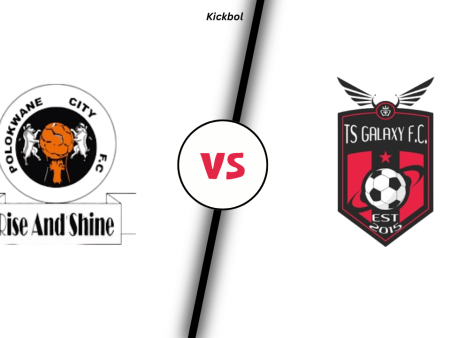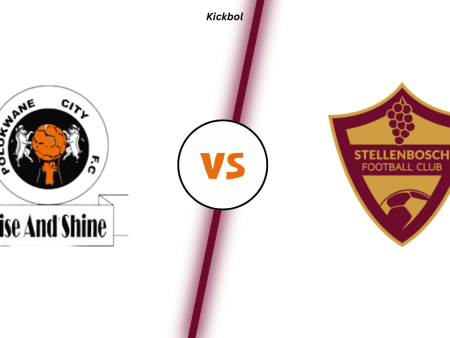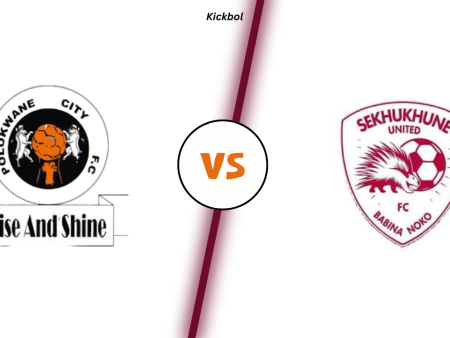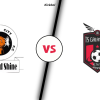In the vibrant realm of English football, Nottingham Forest and Arsenal stand as two clubs with distinct identities and fascinating stories. Nottingham Forest, steeped in rich tradition and nicknamed “The Garibaldi Reds,” embodies the spirit of a club that has risen from the ashes and captured the hearts of passionate fans. Arsenal, “The Gunners,” represent a modern powerhouse renowned for its attacking flair and global acclaim. Despite their contrasting journeys, these two clubs have shared an intriguing rivalry that has been reignited in recent years, captivating audiences with contrasting playing styles and memorable encounters.
A Rivalry Rooted in Tradition and Contrasts
The tale of Nottingham Forest and Arsenal’s rivalry dates back to the 1970s and 80s, a period when Nottingham Forest enjoyed success under legendary manager Brian Clough, lifting two European Cups and a league title. Their encounters were often fiercely contested, showcasing the contrast between Forest’s direct, combative approach and Arsenal’s more aesthetically pleasing style. While the rivalry cooled as Nottingham Forest faced financial difficulties and dropped down the English football pyramid, it has seen a resurgence in recent times.
Playing Styles
The most intriguing aspect of Nottingham Forest vs Arsenal rivalry lies in the stark contrast between their playing styles. Nottingham Forest, under the leadership of Steve Cooper, has embraced a pragmatic and disciplined approach. Focused on defensive solidity and counter-attacking efficiency, the team utilizes a compact 4-4-2 formation, prioritizing quick transitions and clinical finishing. Brennan Johnson, their energetic winger, and James Garner, the creative midfielder on loan from Manchester United, spearhead their attacking threat.
In contrast, Arsenal, under the stewardship of Mikel Arteta, has established itself as a proponent of possession-based attacking football. Known for their intricate passing patterns, positional rotations, and fluid movement, the “Gunners” utilize a flexible 4-2-3-1 formation that prioritizes ball control and creative combination play. Bukayo Saka, their versatile attacker, and Martin Ødegaard, the Norwegian playmaker, are key figures in their offensive build-up and goal creation.
The Stats Tell the Story
| Statistic | Nottingham Forest | Arsenal |
|---|---|---|
| Average Possession | 46% | 62% |
| Passes per Game | 360 | 520 |
| Shots per Game | 12 | 15 |
| Tackles per Game | 20 | 16 |
| Goals Scored per Game | 1.08 | 2.18 |
Recent Encounters and Resurgence
The recent revival of the Nottingham Forest vs. Arsenal rivalry has provided some thrilling encounters. In the 2022-23 season, their FA Cup tie witnessed a dramatic 1-0 victory for Nottingham Forest, showcasing their ability to frustrate and counterpunch against a technically superior Arsenal side. Their Premier League encounters were equally captivating, with a 1-2 win for Arsenal in January 2024 highlighting the tactical battle between the two sides.
Table of Stats: Playing Styles
| Statistic | Nottingham Forest | Arsenal |
|---|---|---|
| Preferred Formation | 4-4-2 | 4-2-3-1 |
| Playing Philosophy | Pragmatic, Defensive Solidity, Counter-Attacking | Possession-Based, Attacking, Positional Rotations |
| Key Players | Brennan Johnson, James Garner | Bukayo Saka, Martin Ødegaard |
| Strengths | Defensive Organization, Counter-Attacks | Ball Control, Combination Play |
| Weaknesses | Limited Creativity, Susceptible to Sustained Pressure | Defensive Vulnerability on Transitions |
Impact and Enduring Appeal
The resurgence of the Nottingham Forest vs. Arsenal rivalry has injected fresh excitement into English football. It provides a captivating contrast of playing styles, offering fans a glimpse into different philosophies and approaches to the sport. Moreover, the historical significance of the rivalry adds an extra layer of intrigue, reminding fans of the rich tapestry of English football and its evolution over time.
Conclusion
The Nottingham Forest vs. Arsenal rivalry is a testament to the enduring magic of English football. It presents a clash of cultures, philosophies, and ambitions, captivating fans with its contrasting styles and unpredictable outcomes. As both clubs continue their respective journeys, their rivalry is poised to provide more entertaining chapters, adding to the legacy of English football and reminding us of the diverse yet unifying power of the beautiful game.










